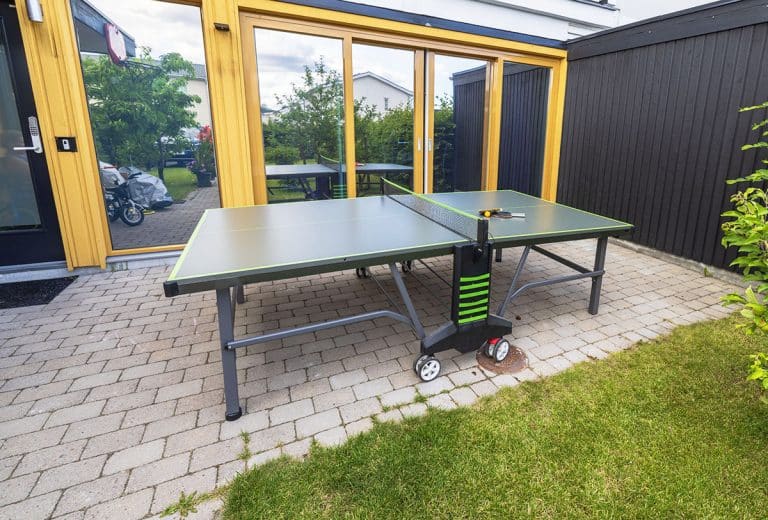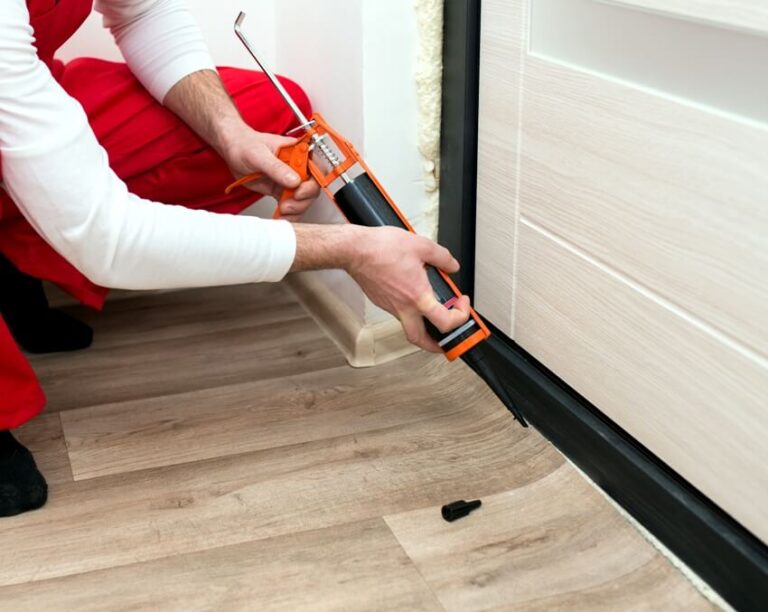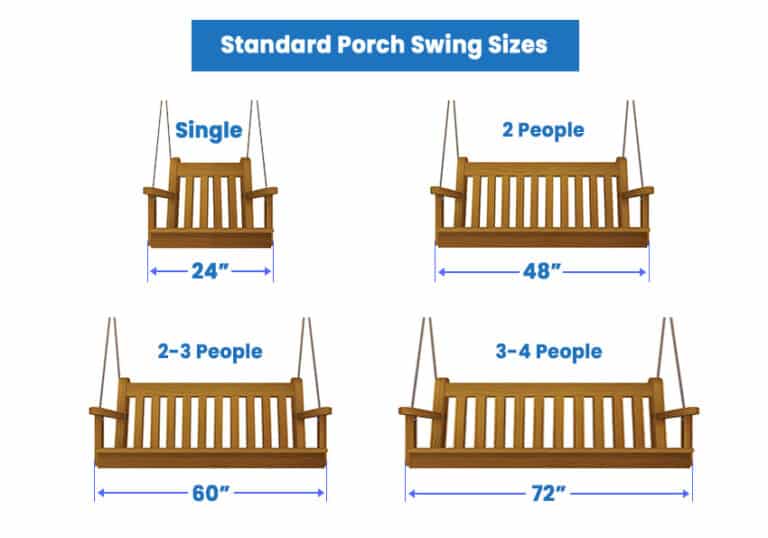Shingle Dimensions (3-Tab & Architectural Sizes)
In this shingle dimensions guide you’ll see 3-tab asphalt & architectural shingle sizes, how they’re compared, installation overlap, and shingle thickness.
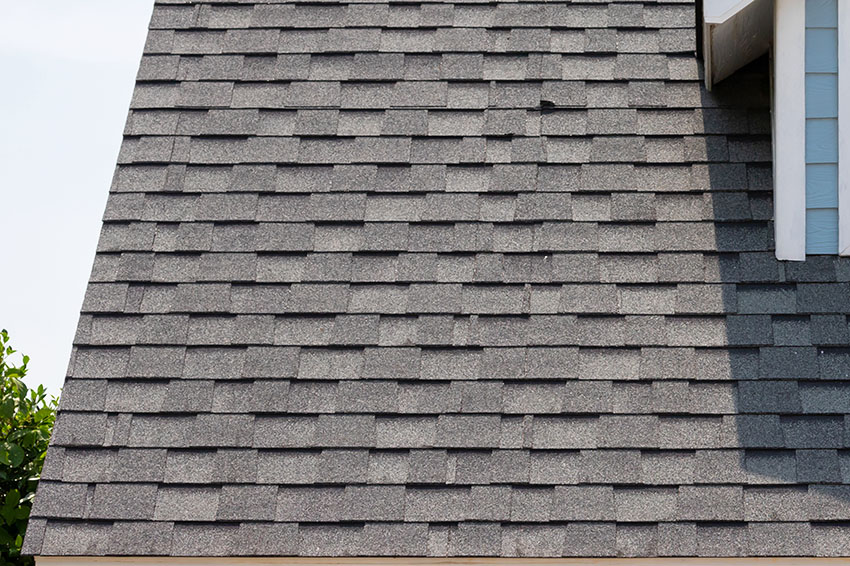
One of the most critical concerns for homeowners when constructing their homes is deciding on roof tiles. Different roof tiling has their corresponding pros and cons, style, and price, making choosing roof shingles for a home a little overwhelming, especially for first-time homeowners.
There are many types of roof shingles available, from clay to concrete to wood to asphalt to rubber to 3-tab roofing tiles. Aside from the type, the size needs to be considered because any mistake made with measurement will ultimately delay the home construction process. So, a peek into a shingle size comparison is integral before purchasing.
3 Tab Shingle Dimensions

A common type of roofing tiles is the 3-tab asphalt roof shingles, also known as strip tiles. 3-tab asphalt shingles are named because of the way it is cut and installed on a roof. This is the most basic shingle out there, made in asphalt and cut to strips.
Once installed on a roof, they lay flat to give it a slate look. A pro for 3-tab tiles is they are affordable and can last a long time, but there are limited design options for aesthetics.
3-tab asphalt roof shingles are available in a standard size that is 36 inches or 91 centimeters in length, with each roof tab at 12 inches or about 30 centimeters. This size is set to be installed in a reveal of 5 inches or 13 centimeters.
How Much Should 3-tab Shingles Overlap?
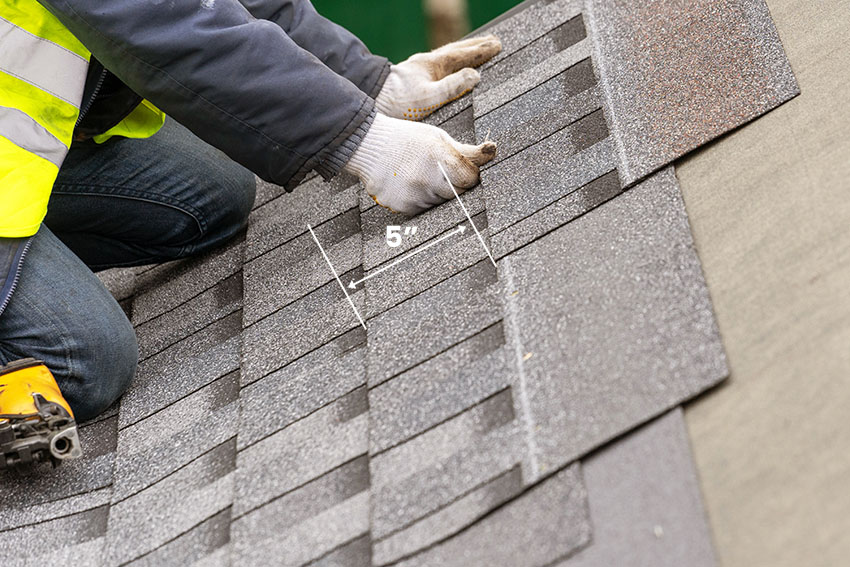
When you are installing a 3-tab roof shingle, know how much each roof shingle should overlap. To explain it more clearly, the exposed portion of each roof shingle is overlapping, so the one above it can be laid out and installed in the roof lane.
This size is essential to be considered because a mistake in this area in the installation process will expose the 3-tab roof shingle to the environment compromising its longevity, wind resistance, and the overall look of the roof design.
Roof shingle exposure varies from one shingle manufacturer to the other, and it is actually a common misconception that they all have the same exposure size.
Five inches or about 13 centimeters used to be the standard amount of coverage, but that size went up to 5 5/8 inches or 14 centimeters and will also depend on the shingle size.
Dimensions for Architectural Type Shingles
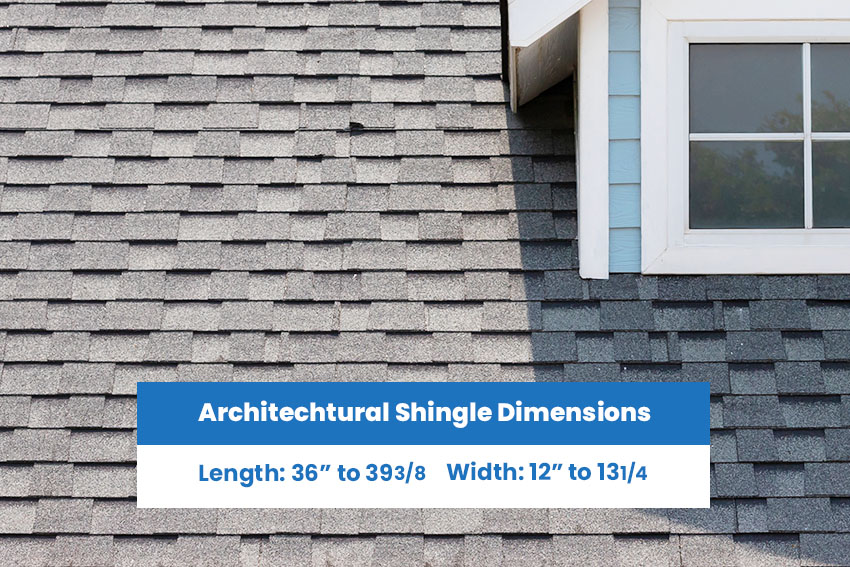
Suppose a 3-tab asphalt roof single is the most cost-effective shingle solution for a home’s roofing. In that case, there are also architectural cladding available if homeowners want to indulge in more aesthetic options for their rooftops.
These types of roof cladding are the top-of-the-line options for roofing material since they are thicker and textured uniquely to fit whatever aesthetic requirements a homeowner wants to achieve for their home. Aside from offering a lot in design and options, they are also resistant to windstorms with shingle longevity that will last from 24 to 30 years with the proper care.
Architectural roof tiles are made of two strips of tiling compared to a 3-tab’s three asphalt strips. The former is available in lengths that will range from 36 to 39 3/8 inches or 91 to 100 centimeters with a width of 12 to 13 1/4 inches or 30 to 34 centimeters.
How Much Should Architectural Shingles Overlap?
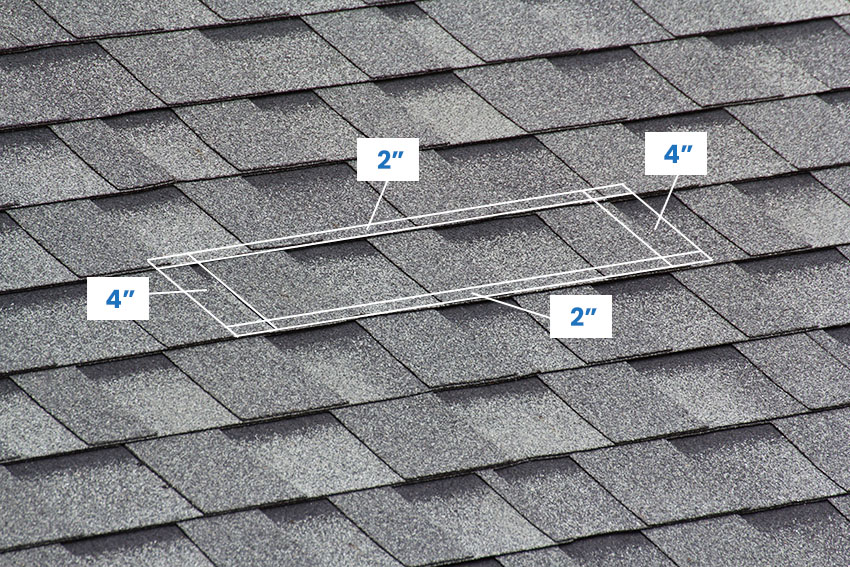
Just like with a 3-tab asphalt roof shingle, architectural roofing material need a specific overlapping size to be installed adequately to reap all the benefits of picking them. To use architectural shingles effectively, an overlapping space of two inches or 5 centimeters of coverage is needed for each row.
Aside from that, another 4 inches or 10 centimeters of overlapping space is required on the sides. It is advised to use the minimum amount of fasteners possible.
Fasteners should be used just to the point that they hold the underlayer since over-fastening, as well as lack of it, will affect the longevity and safety of the roofing cladding installed on the home.
Architectural vs. 3-Tab Shingle Performance
The 3-tab asphalt roof shingle and the architectural roof shingle are two sides of the same coin, and here is a comparison for any homeowners who are still unsure of what roof tiling to secure for their roofing.
The traditional is the 3-tab shingle sheet made up of 3 tabs at 12 by 5 inches for the length and the width. This is the most cost-efficient and economical option for roofing shingle solutions that will give the roofing a neat and clean look because of its symmetrical lines and flatter shape.
One con of 3-tab roofing materials is they are better for less windy places since many of them cannot withstand a situation involving high-speed winds.
The most stylish roofing solution for roofing is choosing to opt for architectural cladding commonly sized at 36 to 39 3/8 for the length and about 12 to 13 1/4 inches for the width. They are heavier and thicker than the former shingle option and are laid down in a sturdier mat on a roof.
A con for this option is seen in its price since they are more expensive, and installation fees also tend to cost more.
Dimensions for Asphalt Shingle vs. Architectural Style Shingles
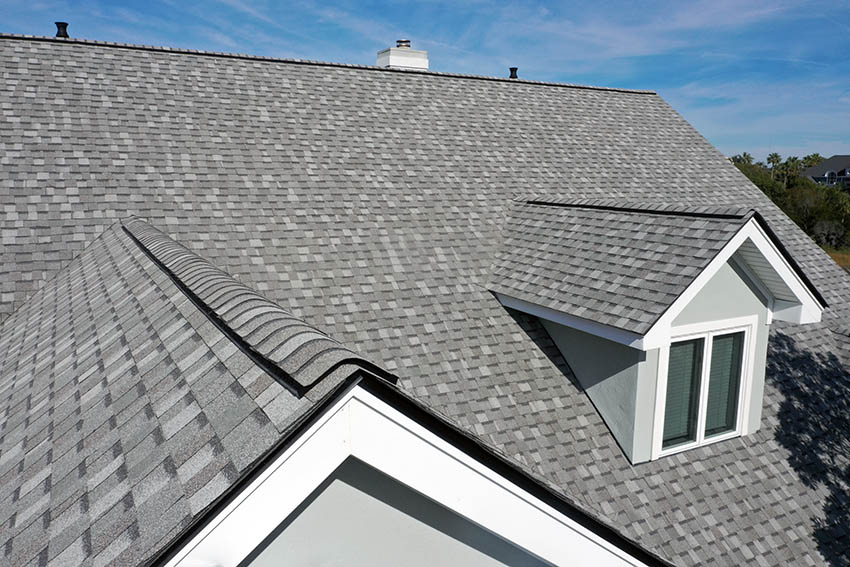
Most asphalt cladding is the same as the 3-tab asphalt roofing material, and they will consist of three tabs sized at 12 inches or 30 centimeters and 5 inches or 13 centimeters in length and width, which will give you a total size of 36 inches or 91 centimeters for a single roofing sheet.
Asphalt shingles are used in temperate climates. They can be applied on solidly sheathed roofs with a slope of at least 2 inches vertical in 12 inches horizontal. – Contractor’s Guide to the Building Code, Jack M. Hageman, Brian E. P. Beeston, Ken Hageman
On the other hand, architectural or dimensional roofing materials range from 36 to 39 3/8 or 91 to 100 for length and a width, starting at 12 to 13 1/4 inches or 30 to 34 centimeters. See more pictures of houses with shingles here.
How Thick Are Shingles?
The average size for a 3-tab asphalt roof cladding is 3/16 inches or .48 centimeters. This adds little thickness to the roofing, but overlapping can help double the roof’s thickness.
For architectural tiling, the thickness will increase, but it will depend on the manufacturer, and since they are heavier than the standard 3-tab roof cladding, they get essentially thicker.
Visit our black roof shingles pros and cons guide for more related content.

